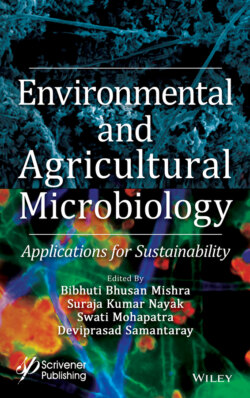Читать книгу Environmental and Agricultural Microbiology - Группа авторов - Страница 51
3.2.1.2 Cadmium
ОглавлениеCadmium is a highly toxic and nonessential heavy metal for environment. Moderate concentration of cadmium (around 0.1/kg) is commonly found in the soil crust. The maximum amount of cadmium compounds are accumulated in sedimentary rock and phosphates of marine (contain nearly 15 mg/kg) [29] and naturally released to environment by abrasion of rocks and soil, forest fires, and volcanic eruption. The anthropogenic activities are also responsible for cadmium pollution such as metal plating, metallurgical alloying, ceramics, mining, and other industrial operations. It is used as a protecting guard on alloys and steel, in paints and plastic solder and braces color and nickel-cadmium rechargeable batteries in stabilizer. It is also present in fungicides, super phosphate fertilizer, cigarette, and ash. Anthropogenically, their concentrations arise mainly by minerals used in agriculture and industries [30]. The humans are exposed to cadmium via the rout of inhalation or smoking of cigarette, ingestion contaminated food, working in cadmium contaminated place, but skin absorption is rare and smoking is the main influencer [31, 32]. Cadmium is moreover exist in trace amount in particular foods like green and leafy vegetables, potatoes, seeds, grains, mushrooms, and in some sea foods such as kidney and liver of mollusks and crustaceans, shellfish, mussels, cocoa powder, and dried seaweeds [16]. Cadmium causes severe health problems such as erosion in gastrointestinal tract and internal damage in pulmonary, hepatic, or renal systems, depending on the rout of contamination [33, 34]. Cadmium is highly carcinogenic but mainly it causes pulmonary cancer and other parts such as adrenals, testes, and the hematopoietic system [35].
